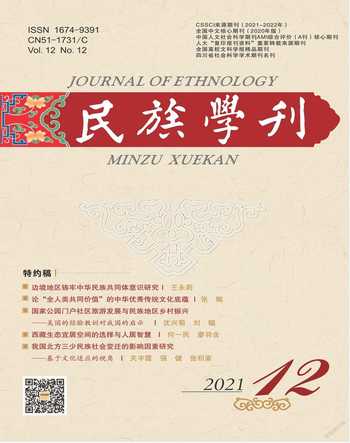Why is a Mountain Efficacious:Mount Jizu, Yunnan, as a Model of Civilization Symbiosis
Shu Yu
Abstract:“Ling” (meaning ‘efficacious in English) is a key concept unique to Chinese society. Located in Binchuan County, Dali Bai Autonomous Prefecture, Yunnan Province, Mount Jizu is known as an “ efficacious” mountain. Why is this mountain called “efficacious” and others not? Why are sacred landscapes usually regarded as “efficacious”, or conversely, why only landscapes regarded as “efficacious” can be defined as sacred landscapes? What role does the concept of “ling” play in the protection of sacred landscapes, and how does it help understand the relationship between nature and culture?
The theoretical approach of this article is mainly based on the following three findings: First, studies of “sacred landscape” and “biocultural diversity” have begun to explore how natural systems and cultural systems have been recently integrated into the field of ecological anthropology. Second, previous research on “ling” and “efficacious practice” mainly limited itself to the field of folk religion. In recent years, however, concepts such as “ling” and “magic power” have increasingly been used in the study of landscapes and topography as well. Third, Fei Xiaotongs “the pattern of diversity in unity of the Chinese nation” seems to be widely used to interpret the historical process and realistic structure of China as a multiethnic country. Wang Mingming further introduced the pattern into the discussion on civilization and cosmology and explored the interactive and composite characteristics of cosmology in different “ethnographic regions” from a comparative perspective.
The ideas and practices of “ling” by monks, villagers, and literates seem to come from different cosmological traditions. The Jizu Mountain in Buddhist cosmology is said to be the “limit” between the era of the end of Dharma and the future. In addition, “Ling” is shared by sentient beings, even rocks; villagers regard Mount Jizu as the source and destination of life. The magic power of the mountain is said to be fertility and vitality. The “landscape” written by literates is understood as the embodiment of the nature of the universe, and the “ling” of landscapes comes from the endless vitality of heaven and earth.
Interweaving of different cosmological views can take place because of the associations and interactions between civilizations and within civilizations. Buddhist civilization from India and the traditions of Confucianism and Taoism from the Central Plains have been converging in Dali for a long time. The rise of Mount Jizu in the midMing Dynasty seems to have been the result of interaction and mutual influence between different civilizations: different cultures have been converging on Mount Jizu. This symbiosis of civilizations appears to have been achieved by establishing connections amidst differences and seeking dialogue in conflicts. Difference and symbiosis are not necessarily contradictory in themselves. Symbiosis does not have to mean undifferentiated identity, but if can include differences in relationships. Differences do not necessarily result in distinction but can also allow for integration and symbiosis.
Key Words:mountain; “ling”; cosmology; civilization
- 民族学刊的其它文章
- Research on the Construction of a Public Services Happiness Index for Residents in a Multi睧thnic Embedded Community
- A Study of a Diversified Action Plan on the“Learning Standard Chinese for Pre-Primary School Education”
- Regional Cultural Networks and Rural Social Governance: Based on An Investigation in Xijiang Miao Village of Qiandongnan
- 边境地区铸牢中华民族共同体意识研究
- A Study on the “Landscaping” of Ethnic Diet Cultural Resources in the Field of Tourism: A Case Study of the Hundred-Family Feast of the Dong in Chengyang Eight Villages
- 饮食文化叙事与铸牢中华民族共同体意识:广西米粉文化溯源

